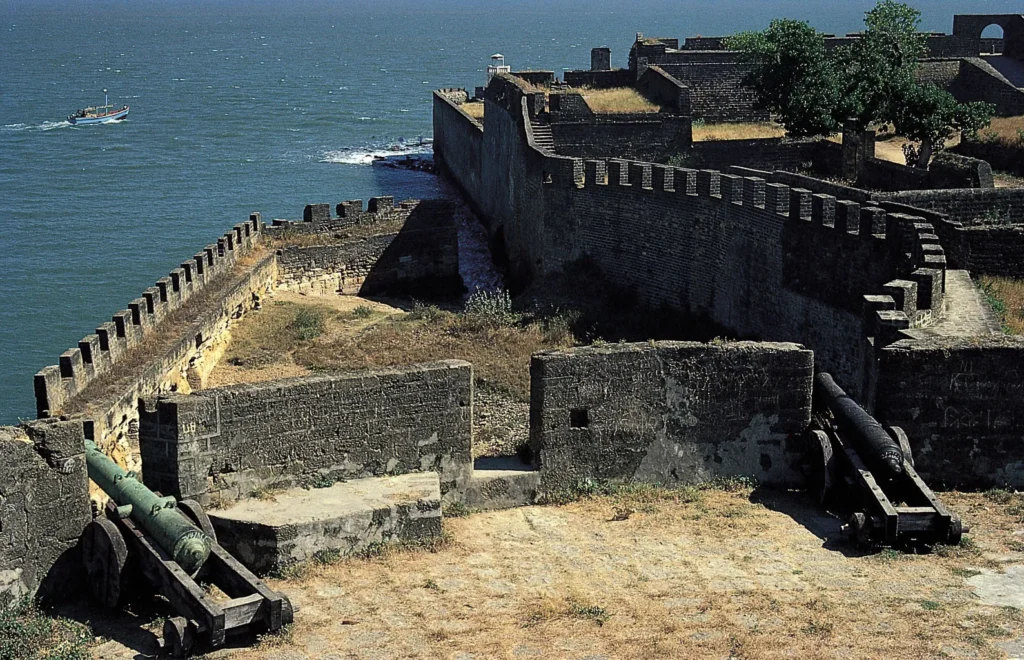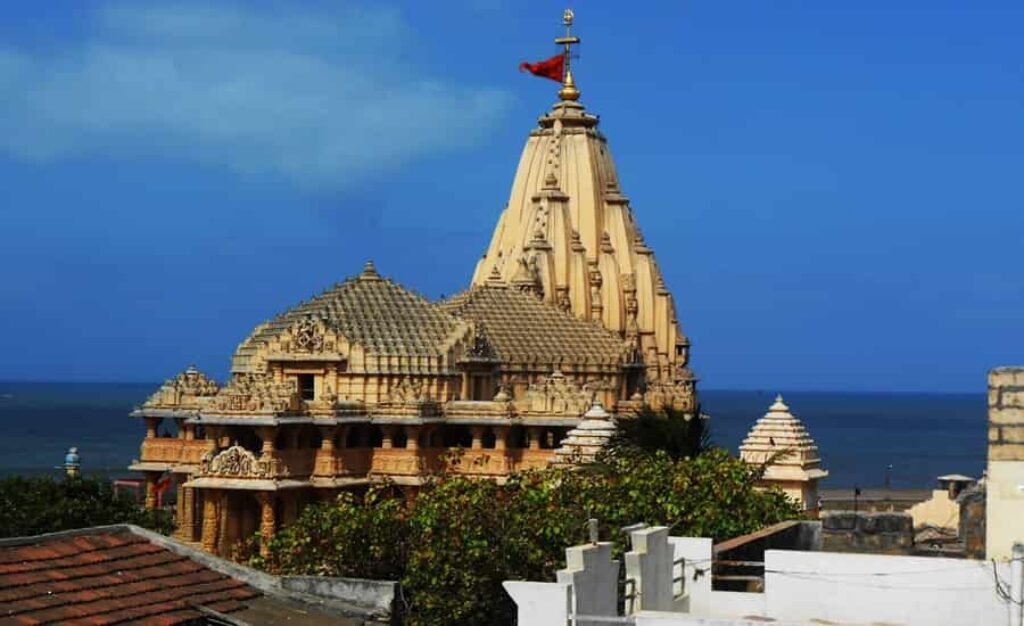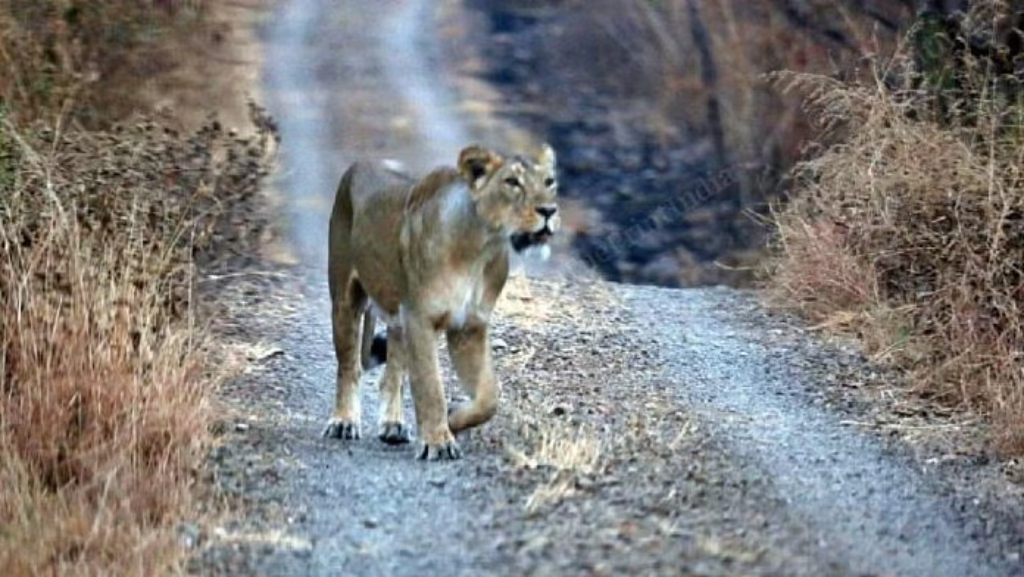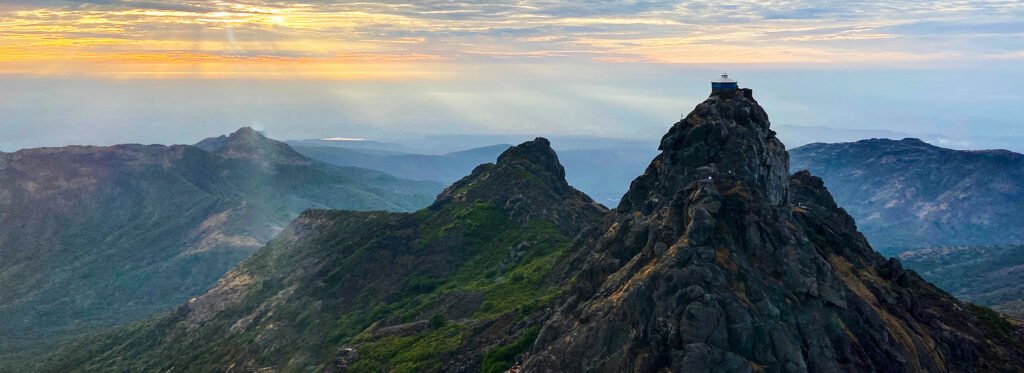
One such place is Gir Hill an amazing destination in Gujarat, India belonging to the Gir National Park and Wildlife Sanctuary. Famous for the irregular topography, the hillside provides a great landscape of the dense forest, intermixed with wall-like cliffs, narrow valleys and rolling low hills. The dry deciduous forest of this region mixed with patches of thorn scrub and grasslands
Gir Hill, located in the Gir National Park and Wildlife Sanctuary, Gujarat; India is beautiful. Often characterized by an expansive landscape, the hill comes in the picturesque stretch of this thick trees and bushes with rocky cliffs, tight canyons and smoothly rolling hills. Forsage arid deciduous forest interspersed nigh thorn scrub and grassland, this region is largely barren.
Read more: Gir National Park
Table of Contents
Ecological Significance
The Gir Hill and its surrounding forest are an important habitat for many types of flora and fauna. This region is famously home to the Asiatic lion, a species that was once on the brink of extinction but now flourishes due to conservation protection. Over 600 plant species alongside mammals, reptiles and a wide variety of birdlife call this hill home – all sustained by the complex environment it dominates.
Tourism and Activities
There are trekking trails running through the forested slopes that visitors can enjoy and spot wildlife in natural habitat. The hill provides vantage points with breathtaking panoramic views that attracts the attention of photographers and nature enthusiasts. For those who prefer guided safaris through the Gir National Park, this hill is frequently included in stopovers to demonstrate the ecological significance of these areas.
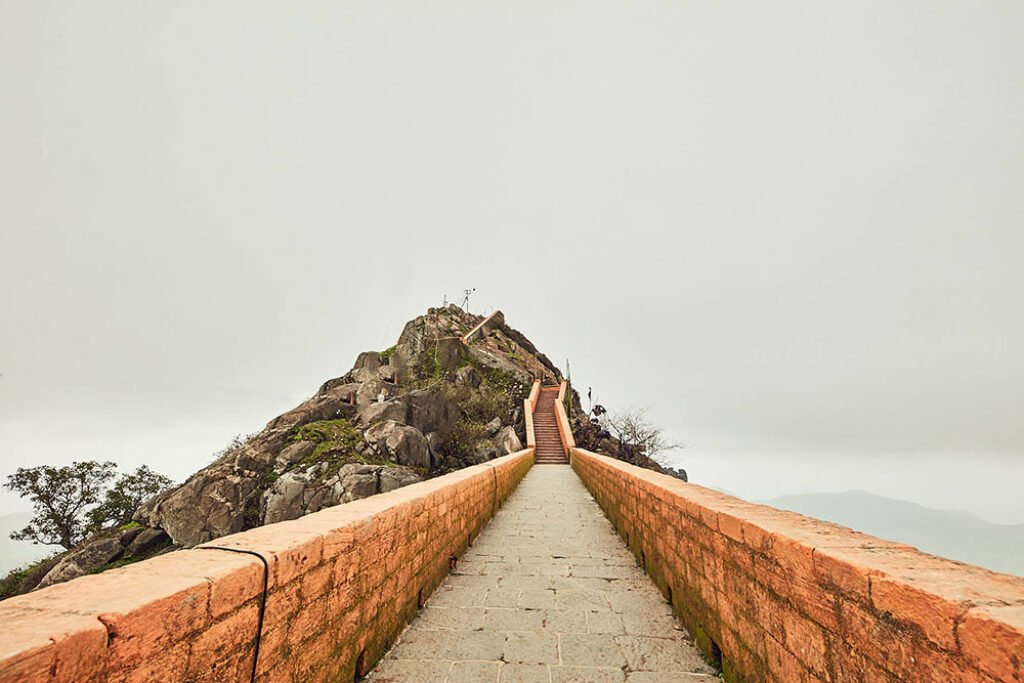
Cultural and Historical Aspects
The local communities in Gir have lived in harmony with the forests for centuries, and they still consider it sacred. The psychobilly of the region: Maldhari tribe, pastoralists by tradition. This simple way of living is the reason why Gir has been successfully conserving its ecological balance.
Conservation Challenges
There are challenges related to habitat fragmentation or human-animal conflict, although people may think of Gir Hill as a natural and ecological zone. Both the Indian government and wildlife organisations are trying to strike a balance between conservation of the tiger and restoration in order for habitats to be returned to its original state so that local people can receive benefits. Status: Sensible awareness campaigns and ecotourism initiatives are designed to safeguard the naturalistic view into the distant future.
Gir Hill has a lot of cultural importance, apart from the dry landscapes. The vicinity is also home to the Maldhari community—the traditional herders—but they are no strangers to wildlife and have cohabitated with it for generations. Their presence signifies the balance between man and nature in this area that just seems to work.
Conservation in gir is undertaken the Gir Hill, which tries to keep this precarious balance of eco-system. Through the collaborative efforts of environmental authorities, conservationists, and local communities have managed to save this treasure of biodiversity for future generations.
Read More: Somnath Temple
How To Reach There
By Road:
Gir National Park is very easily reachable as it has a good road network. From Junagadh: 80 km, (2hrs by road) Well, it is a 3-4 hour ride of about 160 km from Rajkot. Those traveling from Ahmedabad will find themselves 360 km away, and drive of around 7 to 8 hours. State transport buses and private taxi are constantly available from these cities to Sasan Gir.
By Train:
If traveling by train, Veraval Railway Station is the nearest about 40 km away from Gir. The city is easily accessible from all the bigger cities like Ahmedabad, Rajkot, and Mumbai. Alternatively, Junagadh Railway Station lies about 80 km away and is an important railway station with linkage to most regions of Gujarat.
By Air:
Gir Hill is about 65 km from the nearest airport that is Diu Airport. It is the closest to airport though, but you have limited connectivity. Rajkot Airport (160 Kms from ngm) is a good option for connectivity with flights from Mumbai and ahmedabad. Ahmedabad Airport (located about 360 km from Gir) serves as the most important International airport catering to this region of India, with good domestic and international connectivity for foreign tourists & travelers. You can find taxis and buses from any of these airports to Gir National Park.
Nearest Attractions:
Gallery:
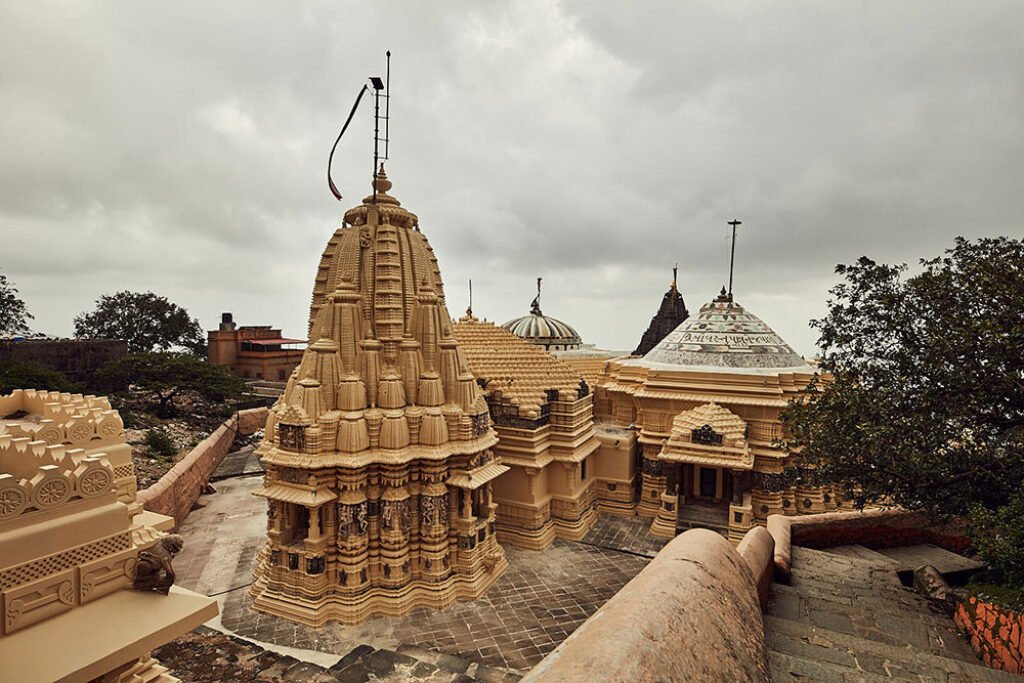
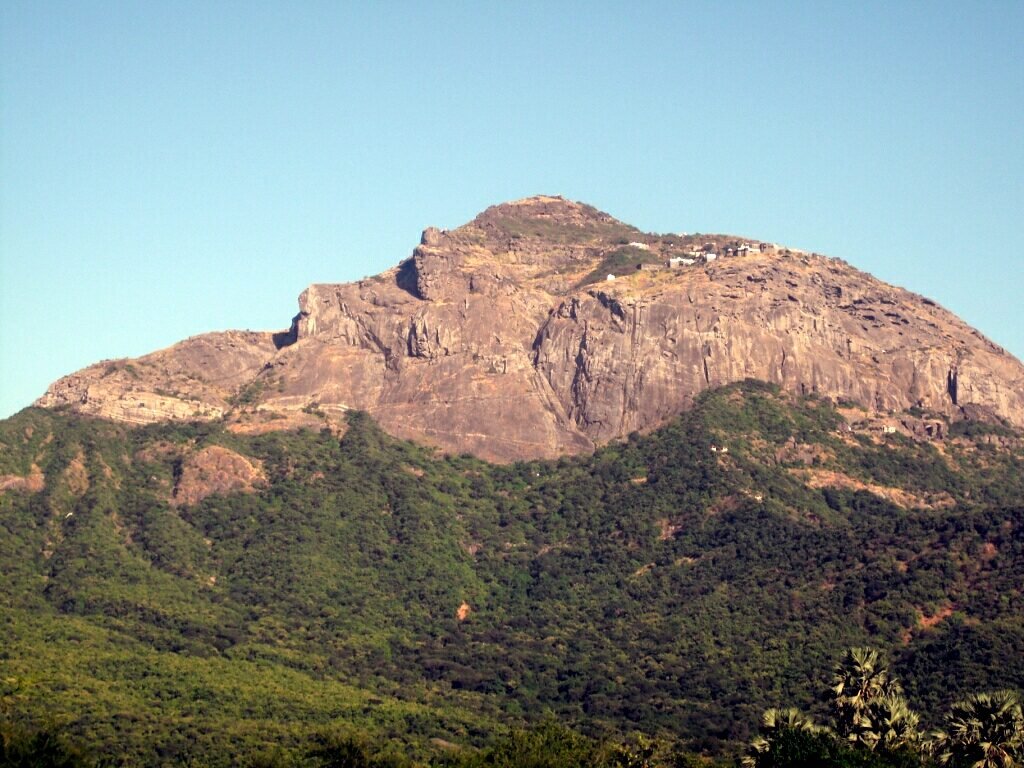
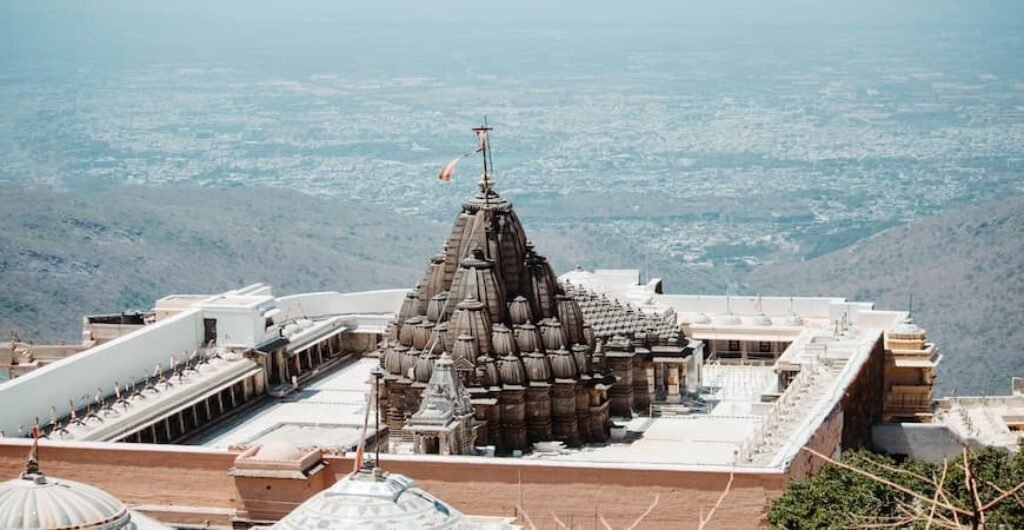
FAQs
Q1. How can I reach Gir Hill?
Gir Hill and the nearby Sasan Gir, which is the primary access point into Gir National Park. Diu (65 km) is the nearest airport, while Veraval (40 km) is the closest railway station. Nearby cities like Junagadh and Rajkot have easy access through taxis and buses.
Q2. Is there any stay around Gir Hill?
So, yes there are few lodges in the Sasan Gir area where one can stay which range from budget to luxury resorts. Most of these provide guided safaris and facilities to elevate your experience.

